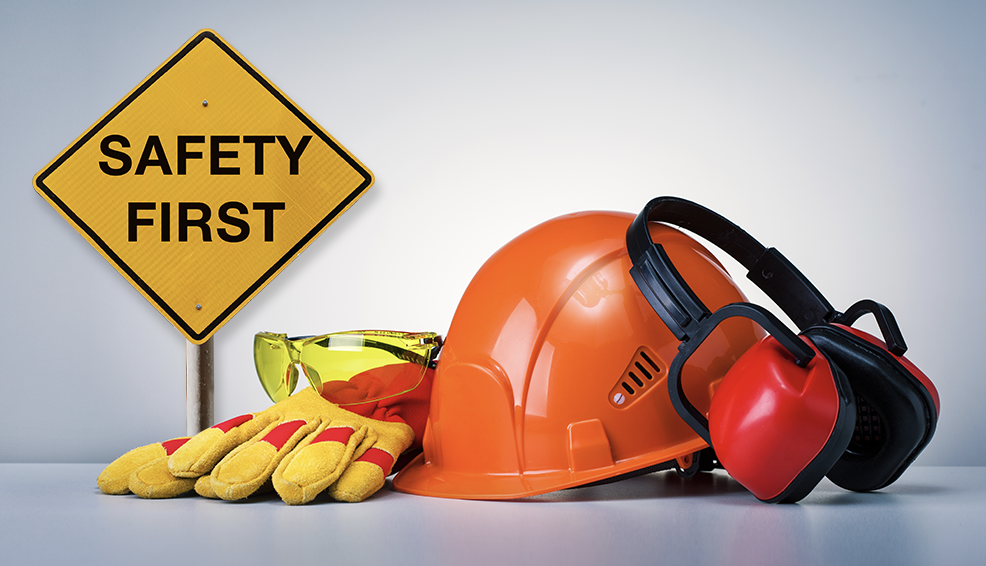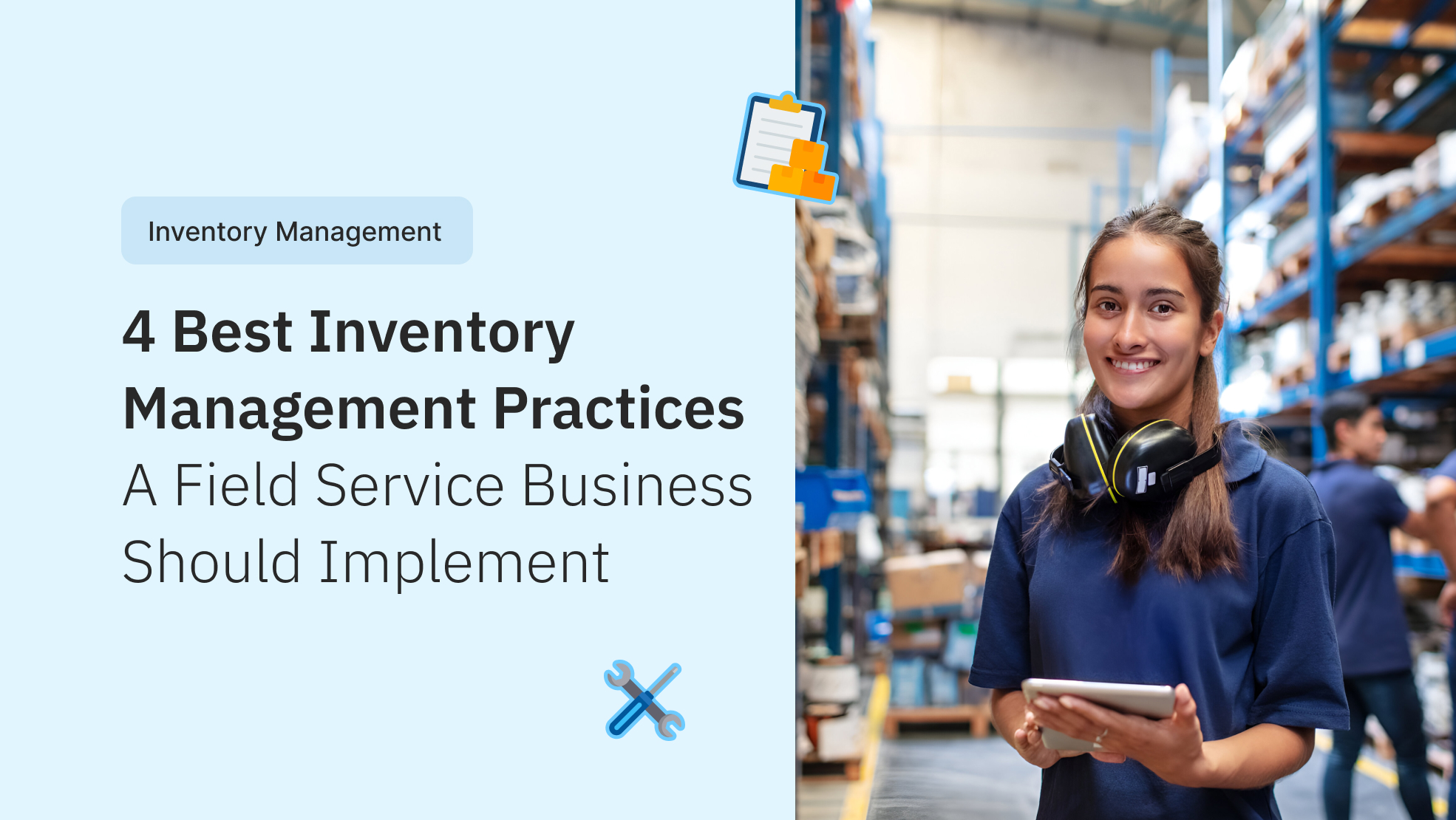The Occupational Safety and Health Administration (OSHA) is part of the United States Department of Labor. The inception of OSHA was to stand for and represent workplace safety, setting standards and ensuring good working conditions for employees. OSHA is dedicated to conducting training and outreach activities to educate companies and employees on compliance assistance.
OSHA’s coverage extends to most private-sector employers and workers and also some public-sector employers and workers in the 50 states. OSHA also covers most private-sector employers and workers in all 50 states as well; this ensures that safety standards are upheld to safeguard all individuals, no matter which sector they may come from.
The Small Business Regulatory Enforcement Fairness Act of 1996 (SBREFA) gives small businesses assistance in understanding and complying with the OSHA regulations and also gives them an opportunity to provide suggestions that will help in developing new regulations.
OSHA standards for small businesses
OSHA offers a consultation service called the on-site consultation Program. This program is available to small and medium-sized businesses at no cost and is available in all 50 states. This consultation service is voluntary, and the business can choose to focus on a single concern or go through the entire assessment process, which is more thorough. In addition to this, SBREFA provides small businesses with the necessary tools and resources to navigate through various OSHA regulations. Below are the guidelines that small businesses must follow under OSHA.
- Produce small entity compliance guides for some rules
- Be responsive to small business inquiries about compliance with the agency’s regulations
- Submit final rules to Congress for review
- Have a penalty reduction policy for small businesses
- Involve small businesses in the development of some proposed rules through the Small Business Advocacy Review Panels
Benefits linked with the OSHA consultation program
Once you have utilized the on-site consultation program, you can take advantage of another benefit as a small business; you will be available to take part in Safety and Health Achievement Recognition Program (SHARP). By achieving OSHA’s SHARP designation, a business sets itself apart from other businesses especially when it comes to maintaining health and safety. This designation motivates companies by encouraging them to continuously improve, while still maintaining their existing high standards. Here are some benefits of enrolling in the OSHA consultation program:
- You will establish an efficient, safe, and healthy workplace for your employees.
- You will be investing in your employees’ well-being, which in turn will boost the morale and welfare of your employees.
- As a small business, this program will help you save on incidents related to injury and illness, worker’s compensation, and equipment damage.
Different inspection procedures small businesses should know about
There are different types of OSHA inspections; we will discuss what these inspections mean and what their procedures are. You will get an understanding of the procedures involved and the process that initiates these inspections. Continue reading to get an idea of the different types of OSHA inspections.
1. Imminent danger inspections
These inspections act as a safeguard for any workplace whether it is a construction site or a manufacturing business. They offer protection to employees from dangerous situations that could otherwise result in serious injuries or death. These inspections seek to identify the most pressing dangers, before they cause serious damage. If one is discovered, OSHA has the right to ask a federal court to order the employer to eliminate the imminent danger.
2. Employee complaint inspections
Employees of a company have the right to file a complaint with OSHA and request an inspection of their job site if they feel their employer is violating OSHA standards. While filing a complaint, ensure that you provide specific details regarding the complaint. If you are sending a physical complaint, remember to sign the complaint form before submitting it. If OSHA determines that there has been a violation of their criteria, a compliance officer is sent immediately to perform an inspection of the job site.
3. Investigative inspections
If an accident in the workplace results in severe or fatal work-related injuries or illnesses and involves more than three employees, that’s when an investigative inspection is initiated. Following the accident, a compliance officer is assigned from OSHA to investigate the incident, verify the cause of the accident, and check if any OSHA standards were violated.
4. Programmed inspections
Programmed inspections are a precautionary measure for a business to reduce the level of hazards at a workplace. Any workplace, especially hazardous industries, selected for this programmed inspection is picked based on random criteria, i.e., how frequently an injury occurs on the site, citation history, and employee exposure to hazardous material on the job site.
5. Follow-up inspections
Follow-up inspections check to see if the company has fixed any discrepancies or violations found during the initial inspection; this follow-up inspection provides a company with the opportunity to address any violations previously encountered. These follow-up inspections are conducted with compliance officers to check if the violations that were previously identified have been resolved.
Penalties for non-compliance to OSHA regulations
OSHA imposes penalties on companies who violate OSHA regulations, which can cost the company a fortune. These penalties depend on the severity of the violation, ranging from an intentional violation to an unintentional violation of OSHA standards. An employer’s willingness to cooperate during the inspection and while resolving the grievance also factors into the gravity of any fines and penalties assessed.
The size and scale of a business also factor in; this is because a company should have enough capital to pay an imposed fine. Finally, the compliance team will check the inspection history of the business for any records of previous violations. You can find out more about potential OSHA penalties here.
Best practices for maintaining a safe workplace
These recommended practices are specifically aimed at small and medium-sized businesses. Safety plans and health programs are essential to protect both workers and employers. Here are some recommended practices for your safety program.
- Set safety and health as a top priority
- Lead by example
- Implement a reporting system
- Provide training
- Conduct inspections
- Collect hazard control ideas
- Implement hazard controls
- Address emergencies
- Seek input on workplace changes
- Make improvements
Learn more about OSHA safety and health programs here.
Final thoughts
We are sure that you are now aware of the details of OSHA inspections and how OSHA plays an essential role in maintaining a safe and healthy work environment.
As a business owner, you must remember that following these regulations is vital in creating an environment where safety is given the attention it deserves. The recommended practices mentioned in this blog will make it easy to be prepared yourself, and promote a work culture that values safety and best practices in the workplace.
Ensure your employees understand the importance of workplace safety by conducting regular safety training programs; encourage them to report any discrepancies in OSHA guidelines to you. This will help everyone work together to ensure workplace health standards are maintained and, where possible, improved upon.










